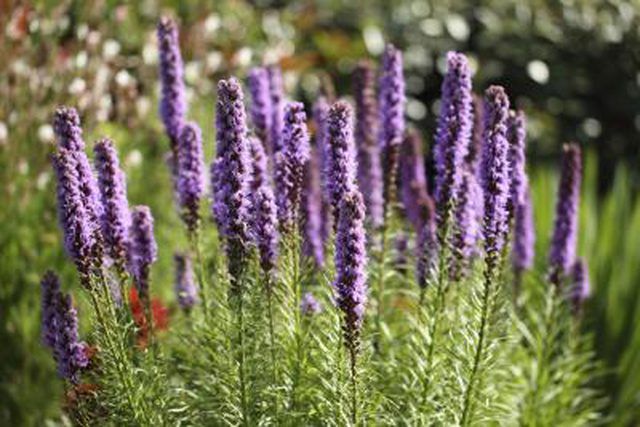Bulbs
Flower Basics
Flower Beds & Specialty Gardens
Flower Garden
Garden Furniture
Garden Gnomes
Garden Seeds
Garden Sheds
Garden Statues
Garden Tools & Supplies
Gardening Basics
Green & Organic
Groundcovers & Vines
Growing Annuals
Growing Basil
Growing Beans
Growing Berries
Growing Blueberries
Growing Cactus
Growing Corn
Growing Cotton
Growing Edibles
Growing Flowers
Growing Garlic
Growing Grapes
Growing Grass
Growing Herbs
Growing Jasmine
Growing Mint
Growing Mushrooms
Orchids
Growing Peanuts
Growing Perennials
Growing Plants
Growing Rosemary
Growing Roses
Growing Strawberries
Growing Sunflowers
Growing Thyme
Growing Tomatoes
Growing Tulips
Growing Vegetables
Herb Basics
Herb Garden
Indoor Growing
Landscaping Basics
Landscaping Patios
Landscaping Plants
Landscaping Shrubs
Landscaping Trees
Landscaping Walks & Pathways
Lawn Basics
Lawn Maintenance
Lawn Mowers
Lawn Ornaments
Lawn Planting
Lawn Tools
Outdoor Growing
Overall Landscape Planning
Pests, Weeds & Problems
Plant Basics
Rock Garden
Rose Garden
Shrubs
Soil
Specialty Gardens
Trees
Vegetable Garden
Yard Maintenance
How to Plant Liatris Spicata
How to Plant Liatris Spicata. Bearing spikes of fluffy, purple, summer flowers, Liatris spicata, also known as blazing star, provides its best effect in mass plantings. Hardy in U.S. Department of Agriculture plant hardiness zones 3 through 8, blazing star is a U.S. native that's also called gayfeather, snakeroot and dense blazing star. Its...
Bearing spikes of fluffy, purple, summer flowers, Liatris spicata, also known as blazing star, provides its best effect in mass plantings. Hardy in U.S. Department of Agriculture plant hardiness zones 3 through 8, blazing star is a U.S. native that's also called gayfeather, snakeroot and dense blazing star. Its grass-like clumps grow 24 to 48 inches tall and 9 to 18 inches wide, and its flower spikes are 6 to 12 inches long. White, bluish and deep purple cultivars are available. A perennial plant, blazing star can be planted as a corm, which is a swollen underground stem, and also as a young plant. Blazing star flowers are attractive to butterflies.

Things You'll Need
Trowel
Organic matter, such as garden compost or leaf mold
Garden fork
9-18-9 ready-to-use, slow-release fertilizer
Step 1
Till moist, well-drained soil in full sun with a garden fork to a depth of 6 inches in fall or spring. Mix in a 2-inch layer of garden compost, leaf mold or other organic matter if the soil is sandy and dry.
Step 2
Scatter blazing star corms across the growing site to create an informal effect or arrange the corms in the desired pattern. Space the corms about 2 to 4 inches apart and at a rate of 10 to 20 blazing star corms per square foot.
Step 3
Dig a hole beneath a blazing star corm 5 inches deep and as wide as the corm. Place it in the hole so that the widest, flattest part of the corm lies on the base of the hole. Fill in the hole with dug soil and plant the rest of the corms in the same way.
Step 4
Water the blazing star corms thoroughly and water regularly throughout the growing season so that the soil is constantly moist but not saturated.
Step 1
Dig a hole as wide and deep as the blazing star root ball in a full-sun growing site with a trowel in spring. Blazing star tolerates dry, infertile soil but grows and flowers best in moist, well-drained, rich soil.
Step 2
Place a blazing star plant in the hole so that the surface of the root ball is level with the surrounding soil. Fill in gaps around the root ball with dug soil. Space blazing star plants 9 to 18 inches apart.
Step 3
Water the blazing star plants thoroughly and apply water throughout the growing season to keep the soil moist, especially when conditions are dry.
Step 4
Spread a 9-18-9 ready-to-use, slow-release fertilizer around the planting site at a rate of 1 tablespoon per square foot. Apply the fertilizer every three months during the growing season.